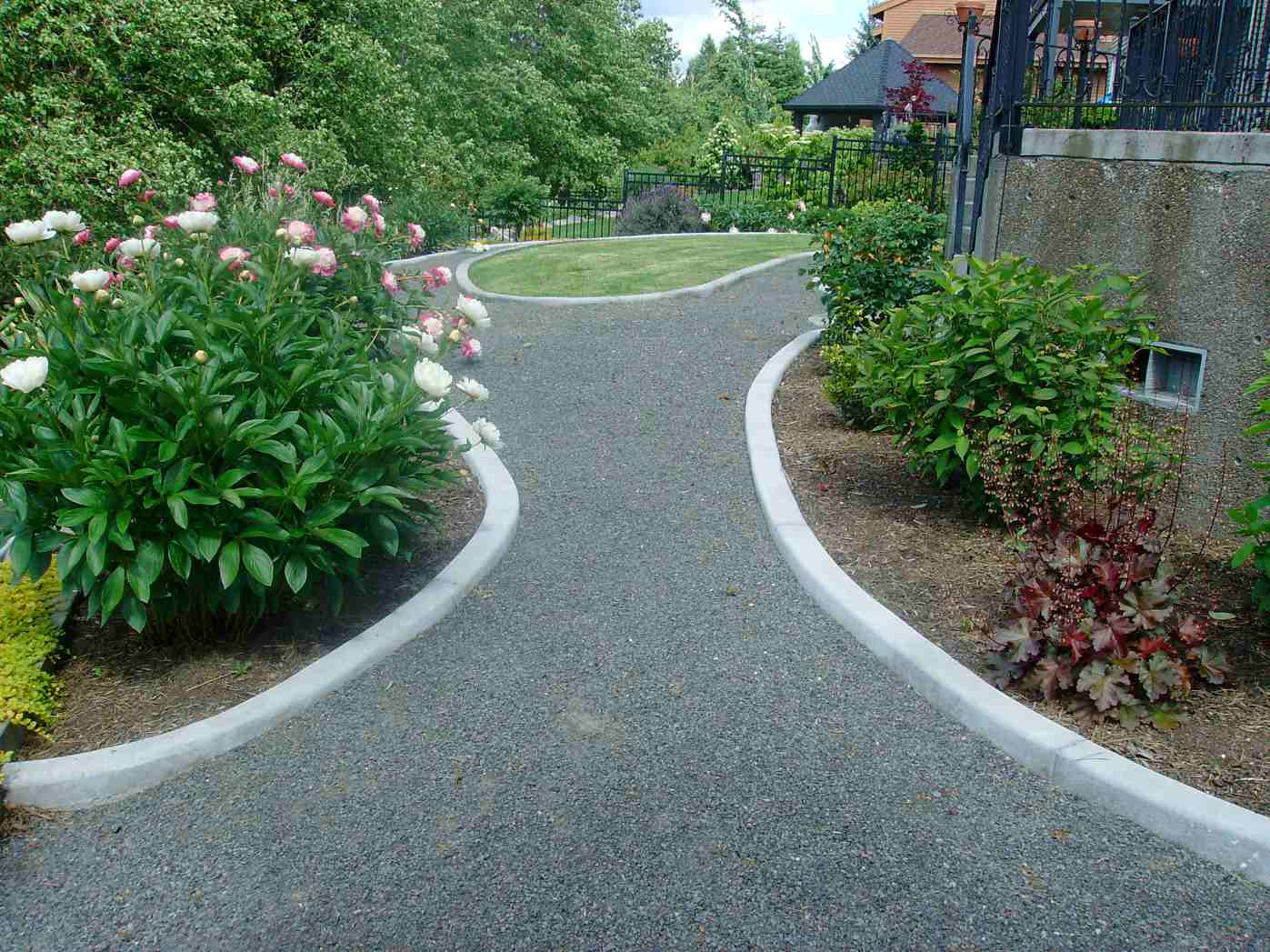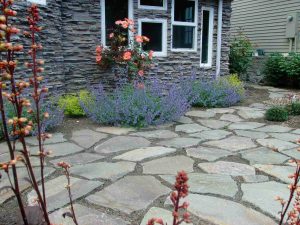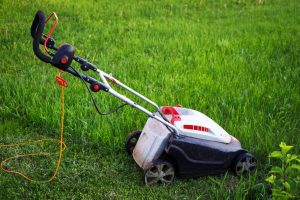Sometimes, a simple lawn restoration isn’t enough. If your yard is overwhelmed with weeds, plagued by poor soil, or patchy beyond repair, it may be time for a full lawn renovation. Unlike restoration, which improves an existing lawn, renovation often involves starting over with fresh seed or sod.
For Portland homeowners, this process can seem daunting, but with the right plan, you can transform even the most neglected lawn into a lush, green space. At Ground Up Services, we specialize in lawn restoration and renovation, but if you’re ready for a DIY challenge, here’s how to tackle it step by step.
Signs You Need a Full Lawn Renovation
Not every lawn requires a total reset. Consider a renovation if you notice:
-
More than 50% of the lawn is weeds or bare soil.
-
Soil is compacted and refuses to drain, even after aeration.
-
Grass varieties are outdated or not suited for Portland’s climate.
-
Pest or disease damage has left the lawn beyond repair.
If one or more of these apply, renovation may be the best path forward.
Step 1: Kill Off the Existing Lawn
Before starting fresh, you’ll need to remove the old grass and weeds. Options include:
-
Solarization: Covering the lawn with clear plastic for 4–6 weeks to kill vegetation.
-
Herbicide application: Using an eco-friendly, selective herbicide.
-
Manual removal: Stripping sod or tilling soil.
Choose the method that best fits your timeline and values.
Step 2: Test and Amend the Soil
Healthy soil is the foundation of a thriving lawn. Conduct a soil test to determine pH and nutrient levels. In Portland, clay-heavy soils often need:
-
Lime to balance acidity.
-
Organic compost to improve structure.
-
Sand or gypsum to improve drainage.
Incorporate amendments evenly across the yard before seeding.
Step 3: Aerate and Level the Soil
Core aeration helps loosen compacted soil, while grading ensures proper drainage away from your home. Use a rake to smooth the surface and break up large clumps. A level, well-prepared base prevents puddling and promotes uniform seed growth.
Step 4: Seed or Sod Installation
Decide whether to reseed or lay sod:
-
Seeding is more affordable, with a wide range of grass varieties available. Choose blends of perennial ryegrass, fescue, or bluegrass, which thrive in Portland’s climate.
-
Sod provides instant results but costs more. It’s a good option if you want a finished look quickly.
Spread seed with a broadcast spreader or lay sod in staggered rows, pressing seams tightly together.
Step 5: Fertilize and Water
Apply a starter fertilizer high in phosphorus to encourage deep root development. Water lightly and frequently for the first 2–3 weeks until grass is established. Then, transition to deeper, less frequent watering to build drought resistance.
Step 6: First Mow and Ongoing Care
Mow once the grass reaches 3–4 inches. Remember to:
-
Keep mower blades sharp.
-
Avoid cutting more than one-third of the blade.
-
Maintain a regular mowing and fertilizing schedule.
Consistent care is crucial during the first year of a renovated lawn.
DIY vs. Professional Lawn Renovation
DIY renovation can save money, but it requires significant time, effort, and equipment. A professional service like Ground Up Services offers:
-
Expert soil preparation and seeding.
-
Access to premium sod and seed blends.
-
Long-term lawn maintenance support.
For busy homeowners, this can be the most efficient way to achieve lasting results.
Final Thoughts
A DIY lawn renovation is a big project, but it’s also one of the most rewarding. By preparing the soil, choosing the right grass, and maintaining consistent care, you can create a healthier, greener lawn that lasts for years.
If you’re not sure where to begin, Ground Up Services can provide expert guidance or handle the entire process for you. Explore our lawn restoration services or request a free quote today.




